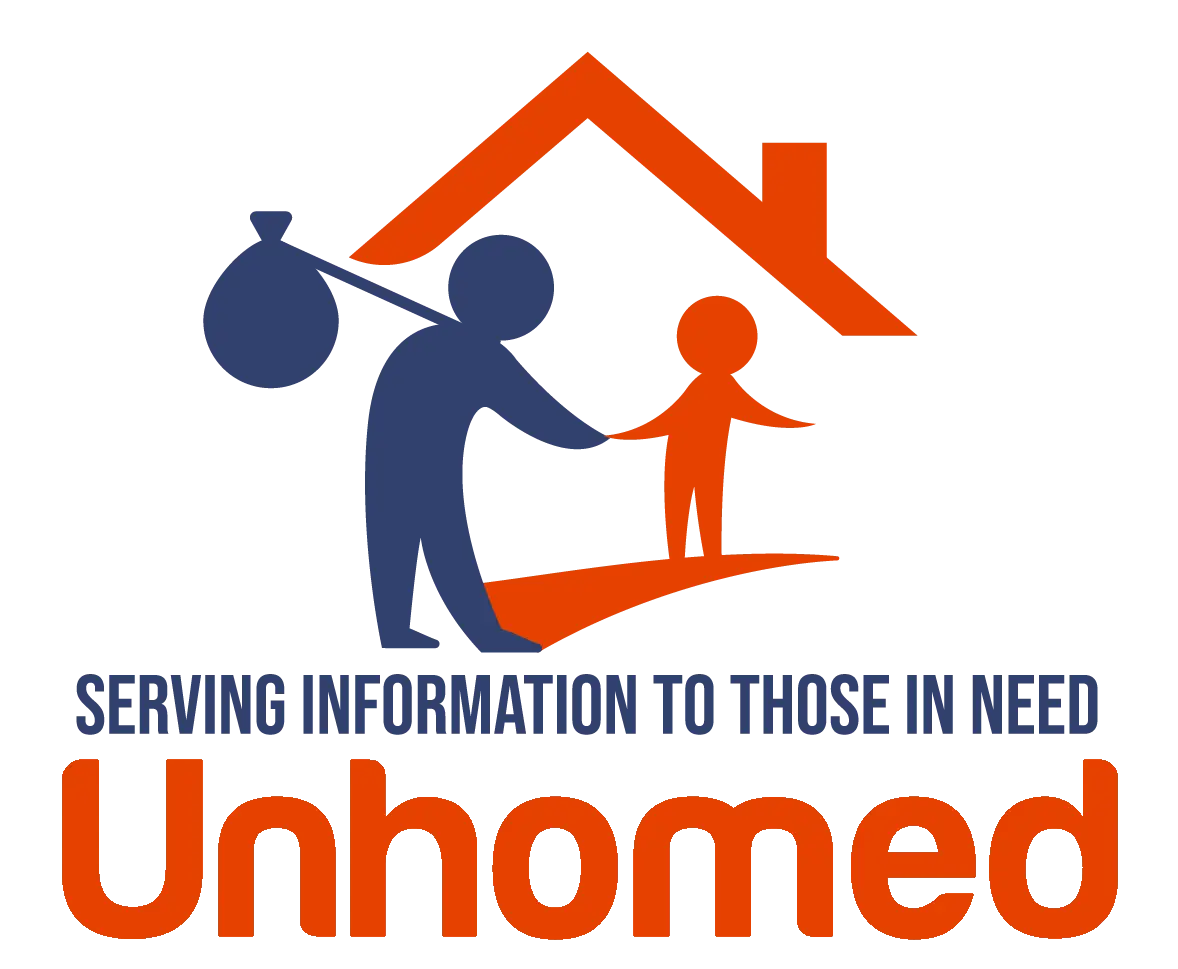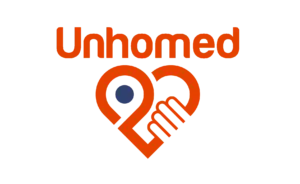Asset Mapping
Description
Elucidating Asset Mapping: A Tool to Combat Homelessness
Definition
Asset Mapping refers to a strategic approach employed by communities to pinpoint available resources, strengths, and capacities to tackle the issue of homelessness and offer support to the affected populace. This comprehensive method involves the cataloging of both tangible and intangible assets that span across community centers, healthcare facilities, to local expertise.
Description
Asset Mapping constitutes a dynamic and interactive exercise that operates by identifying, listing, and organizing the individual, communal, civic, non-governmental, and institutional resources in a particular locale. These identified assets could range from physical infrastructure like health clinics, schools or parks to the skills and knowledge of local dwellers like teacher expertise or art skills. By recognizing and exploiting potential resources and bolstering community strengths, this process emboldens communities and fosters relationships among local stakeholders to address pressing issues, such as homelessness.
Objectives
- To assess, locate, and organize community resources in efficient ways
- To promote community engagement and inclusivity in solving societal issues like homelessness
- To facilitate and foster partnerships among sectors and individuals
- To craft strategies and work plans leveraging identified resources
Mechanisms
- Community engagement to recognize tangible and intangible assets
- Usage of mapping tools to visualize and organize located assets
- Partnerships with local stakeholders for effective resource utilization
- Subsequent updates of the Asset Map to ensure commensurate reflection of current resources
Benefits
- Encourages decentralized decision-making allowing communities to solve their issues
- Reinforces a community's self-reliance by leveraging the present resources
- Fortifies partnerships and collaborations among community members
- Offers visual guides and spatial recognition of resources for better strategy formulation
Challenges
- Consolidation of information highlighting asset locations and their specifics can be a laborious task
- Continual updating of maps as the community evolves is time-consuming
- Guarding against the exclusion of vital but less recognized assets
- Ensuring equal community participation and avoiding geographic bias
Examples
- In San Francisco, USA, Asset Mapping was used to locate available shelter spaces, free clinics, meal services, and community support groups to combat homelessness.
- In Westminster, UK, an Asset Mapping strategy has been employed to uncover available public spaces, food banks, and employment agencies contributing towards reducing homelessness.
- In Melbourne, Australia, Asset Mapping identified local volunteers, public amenities, and neighborhood organizations to help homeless individuals.
Further Reading
- Community Asset Mapping for Health Promotion: A Guide for Community Organisers
- Asset Mapping and Community Development
The interactive process of Asset Mapping offers a coherent approach and a sense of direction to the intrinsic qualities of a community, thereby enabling the



